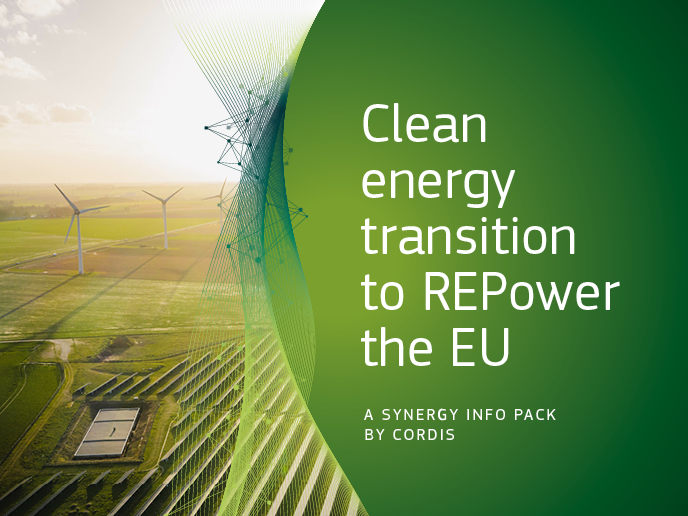A reliable simulation tool for microgrid analysis
A microgrid constitutes a new type of power system of interconnected small, modular generation sources to low voltage distribution systems. The key innovation of this system relies on its ability to operate either as part of the main power network or autonomously. It is expected that its exploitation will increase the share of renewable energies and other micro-sources in the field of power generation. This may contribute to greater reductions of CO2 emissions and more sustainable use of fossil fuels for energy and heat production. The optimal combination of renewable energy and micro sources that would provide the most efficient, reliable and economic operation requires detailed analysis of the design and operation of microgrids. Thereby, a newly developed simulation tool provides steady state and dynamic microgrid analysis. Based on MatLab code the steady state analysis offers initial conditions of the state variables of the connected sources for load flow analysis using all possible types of sources. The dynamic analysis is performed using MatLab code for data handling, assignment of the initial values and output of results and Simulink code for numerical integration. Dynamic analysis may be conducted for a wide-range of microsources including induction machines, synchronous machines, micro-turbines, photovoltaic systems, fuel cells, wind turbines, batteries, flywheels and super capacitors. Low voltage microgrids being in either grid-connected or islanded mode of operation may be thoroughly explored. The robust simulation tool takes into account all basic neutral earth schemes for optimisation of safety. Moreover, the simulator offers increased capabilities of taking into consideration unbalanced network conditions coming from unsymmetrical sources, loads, series elements or faults. Most importantly, the advanced tool features enhanced efficiency due to the adoption of a phasor approach that provides representations of the frequency domain for both the network and the sources.







